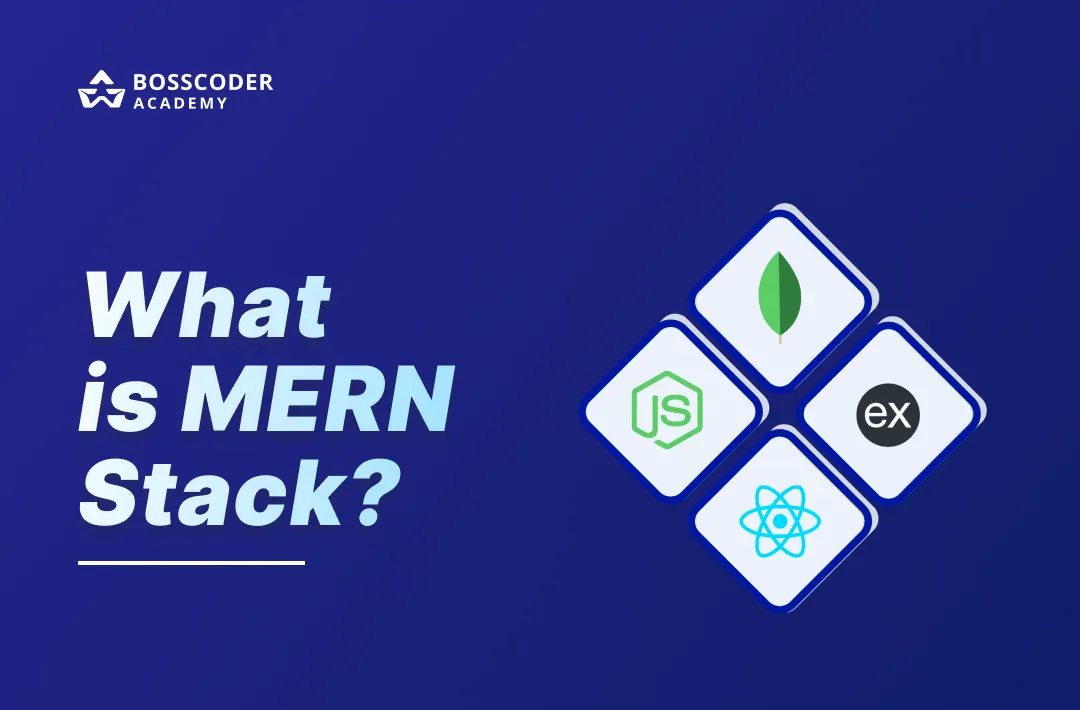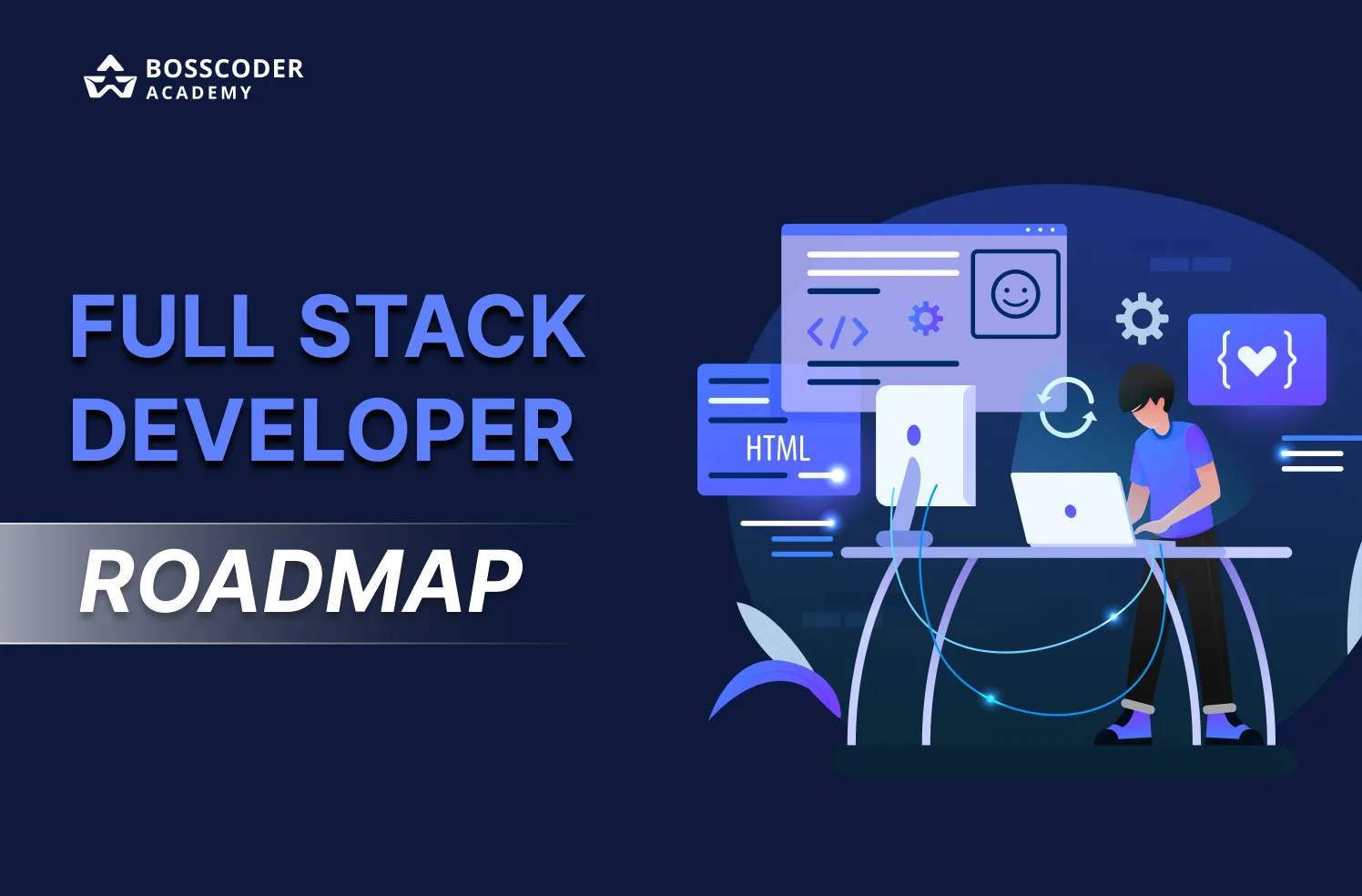 Software Development
Software DevelopmentThe Ultimate Tech Resume Guide
Bosscoder Academy
Date: 21st February, 2024

Contents
Contents
Your resume is the first thing a potential employer sees about you. It's more than just a list of your past jobs and education. It's a way to market yourself, showing off your professional style.
A well-made resume is crucial, whether you’re trying to switch from a Service to a Product-based company, targeting top tech giants, or have been laid-off. It's your first impression, showing your career goals and what you can do, and it has to meet what potential employers are looking for.
Understanding The Importance Of A Strong Resume: Step-by-Step Process
Build a Resume That Tells Your Story
Your resume should tell the story of your career. It should mix your experiences, the challenges you've faced, what you've learned, and your achievements into a story that shows how you've grown and what you can do.
Technical Skills
For Full-Stack Developers, clearly showcase your proficiency in both front-end and back-end technologies. For example, mention specific frameworks and languages you excel in, such as React or Node.js for front-end and Python or Ruby for back-end.
Example: "Developed a responsive SPA using React, Redux, and Node.js, resulting in a 35% increase in user engagement."
Get your Resume past Applicant Tracking Systems (ATS)
Many companies use systems called ATS to manage the hiring process more efficiently. To make sure your resume gets seen by a real person, you need to make it ATS-friendly. This means using the right keywords, having a clear layout, and choosing a format that these systems can read easily.
Making Your Resume Tailored for the Job
It's important to tailor your resume for each job you apply for. This means understanding what the company and the job are all about and making your resume show how your skills, experience, and career goals match what they need.
STEPS FOR MAKING A WINNING RESUME
Step 1: Structure Your Resume
Begin with a clear, tech-focused structure. The order should be Contact Information, Professional Summary or Profile, Technical Skills, Work Experience, Projects, Education, and Certifications.
Example:
- Professional Summary: “Full-stack developer with 5+ years of experience in designing, developing, and managing complex applications and internal frameworks. Specialises in JavaScript and .NET frameworks with a keen interest in project management and UX/UI design.”
Step 2: Technical Skills and Proficiencies
List your technical skills upfront. For a full-stack role, highlight your frontend and backend skills, database management, and any DevOps tools you’re proficient in.
Example:
- Technical Skills: JavaScript, React, Node.js, Express.js, MongoDB, SQL, Docker, AWS, Git, RESTful API Integration

Step 3: Detailing Your Professional Experience
Use reverse chronological order to list your experiences. Focus on what you’ve built, the technologies you used, and the impact of your work. Use metrics to quantify your achievements.
Example:
- Developed and launched a scalable, user-centric e-commerce platform using React and Node.js, resulting in a 40% increase in user engagement.
- Led the migration of legacy systems to microservices architecture, improving system performance by 30%.

Step 4: Project Portfolio - Your Professional Showcase
Highlight key projects you’ve worked on. Include the project goal, your role, the technologies used, and the outcome. Link to your GitHub or portfolio if possible.
Example:
- Project: Inventory Management System (Node.js, React)
- Role: Lead Developer
- Outcome: Streamlined inventory tracking and reporting, reducing operational costs by 20%.
Step 5: Educational Achievements and Continuous Learning
List your degrees and any relevant certifications. If you’ve taken courses or attended workshops specifically related to full-stack development or emerging tech trends, include those as well.
Example:
- B.S. in Computer Science from XYZ University
- Certified AWS Solutions Architect
- Completed a comprehensive bootcamp on Full-Stack Development with MERN Stack
Step 6: ATS Optimization
Ensure your resume is ATS-friendly by including keywords from the job description. Use a clean format and avoid graphics or tables that might confuse the ATS.
Example:
- Use standard headings like ‘Work Experience’, ‘Skills’, and ‘Projects’.
- Include keywords like ‘full-stack development’, ‘JavaScript’, ‘API development’, ‘cloud services’, and specific technologies mentioned in the job description.
Step 7: Designing a Tech-Savvy Resume
Keep the design clean and professional. Use a tech-friendly font like Roboto or Arial. Ensure the layout is easy to read and aesthetically pleasing.
Example:
- Use bullet points for clarity.
- Ensure there’s enough white space to avoid a cluttered look.
- Consider a bit of color for headings if it aligns with the company’s culture.
Step 8: Personalization
Customize your resume for each job application. Research the company and align your resume to reflect how your skills and experiences are a perfect match for the role.
Example:
- If the job emphasizes front-end skills, highlight your experience with React and front-end development projects.
- Mirror the language of the job description.
Step 9: Proofreading
Proofread your resume. Grammatical errors or typos can be a major turn-off and may lead to your resume being dismissed.
Example:
- Use tools like Grammarly for an initial check.
- Have a mentor or peer in the tech industry review your resume for feedback.
Step 10: Feedback
Seek feedback from industry professionals or mentors. Be open to suggestions and continuously refine your resume.
Example:
- Join tech forums or groups and seek advice on resume improvement.
- Regularly update your resume based on feedback and as you gain more skills or complete new projects.
If you want to know more about how to build a strong resume click here
Stepping into the job market of 2024 requires a resume that speaks volumes with concise content. It's about showcasing your tech skills and experiences in the most straightforward way possible. Keep it minimal, make it impactful, and ensure it's tailored to speak directly to those who matter.
Related Blogs

Most In Demand Programming Languages
Date: 15th February, 2025

DSA Roadmap 2025: A Step-by-Step Guide
Date: 5th February, 2025

What is MERN Stack? A Beginner’s Guide
Date: 19th January, 2025

Full Stack Developer Roadmap 2025
Date: 12th January, 2025

How to Become Senior Software Engineer?
Date: 5th January, 2025

Azure Data Engineer vs AWS Data Engineer
Date: 2nd January, 2025
